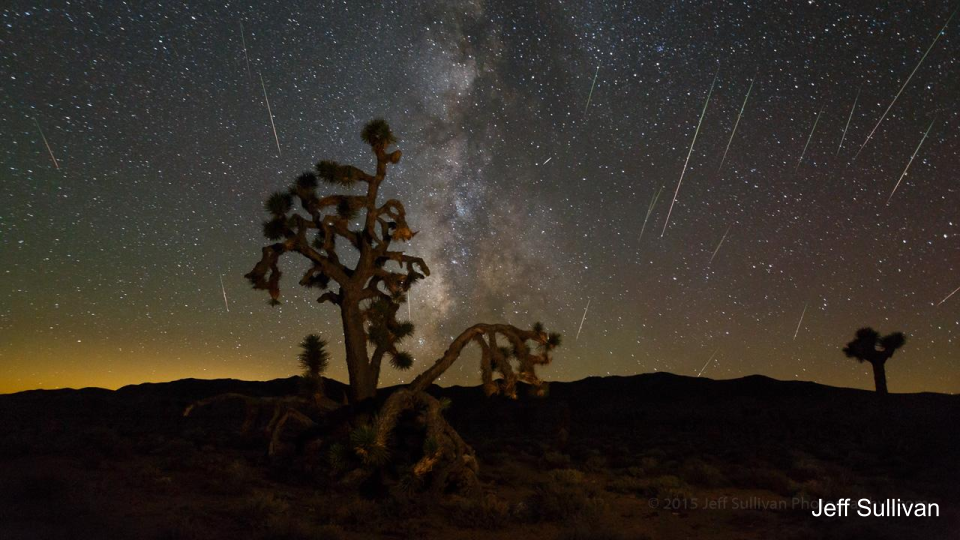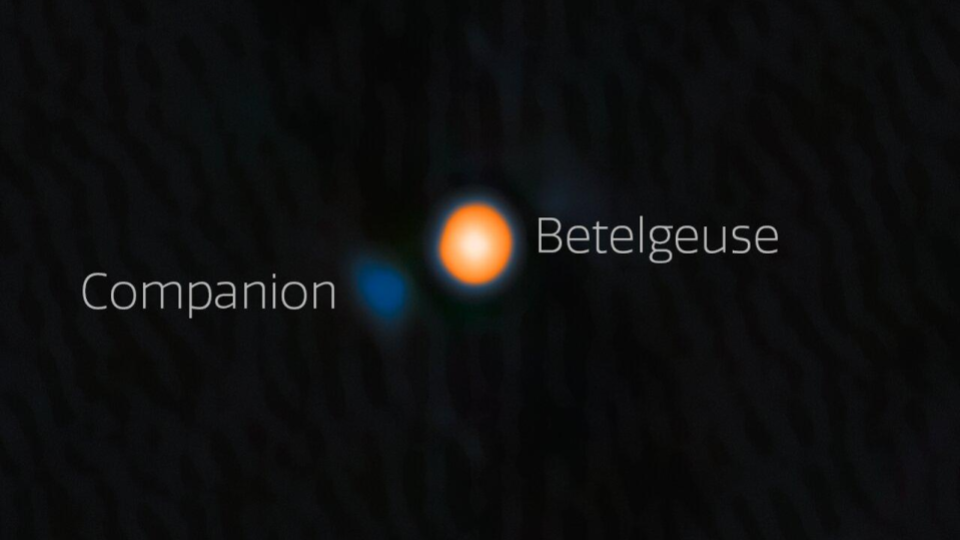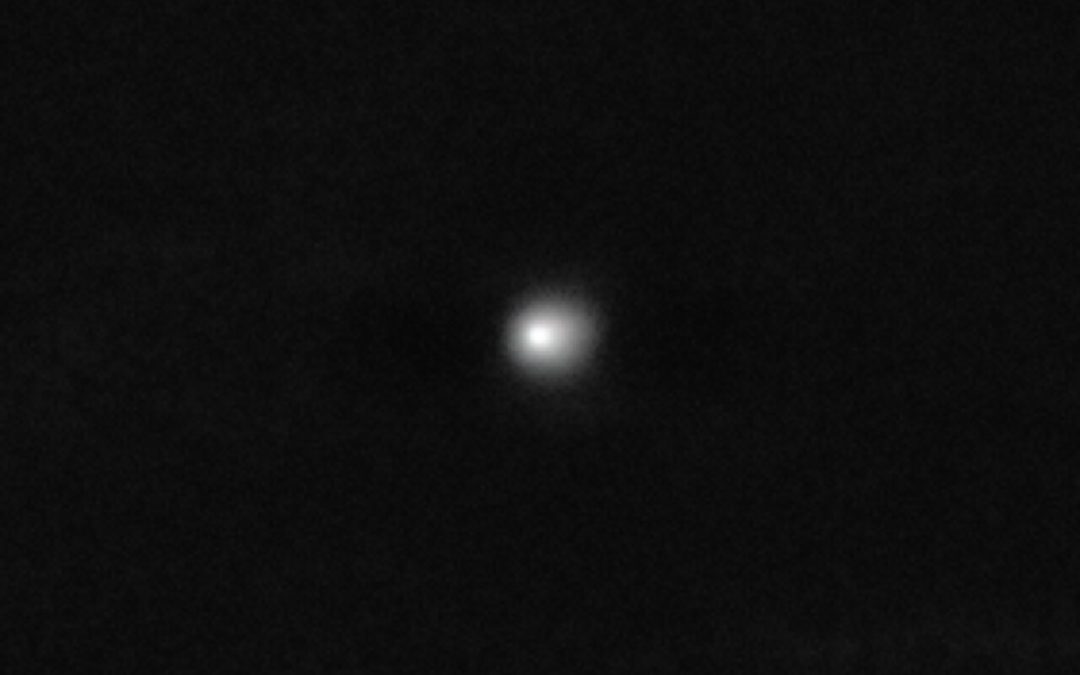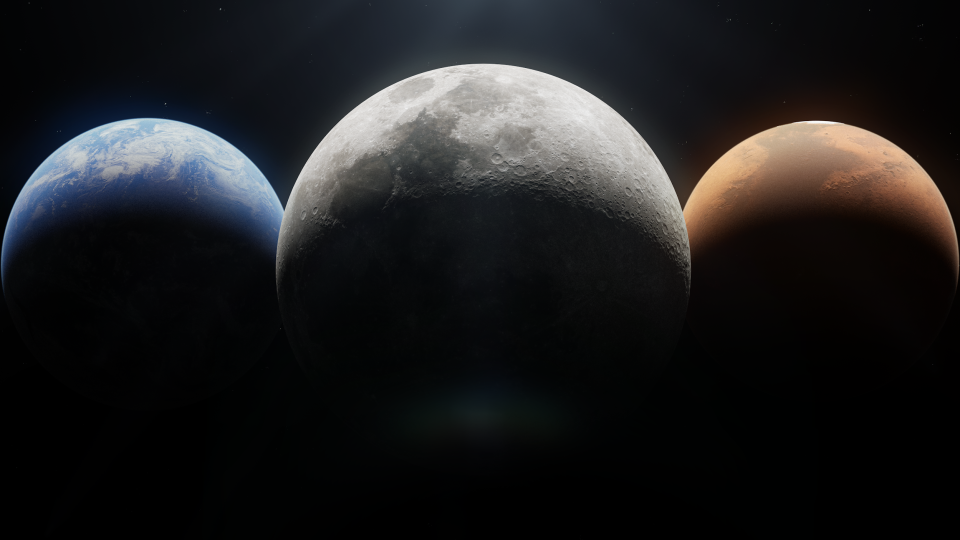This month marks the 10th anniversary of the New Horizons spacecraft making its historic flyby of Pluto. The mission is still healthy and still being used for science and has recently demonstrated that astral navigation is possible, even from inside our solar system. From it’s location in the Kuiper Belt, it has been able to measure shifts in the observed locations of nearby stars compared to background objects, and researchers could use those shifts to calculate the missions position. While it’s way easier to use techniques like measure light travel times and such, it’s cool to know the...












